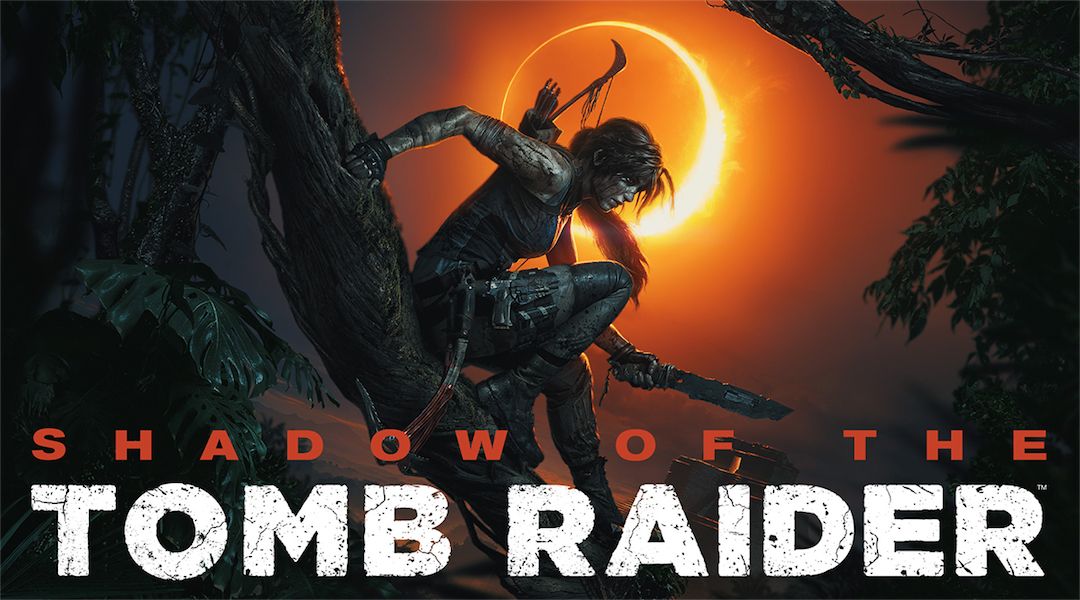

Dynamic Loading Fail / Hitbox First: Accept that a speedrunning player may occasionally go too fast for your engine, and load the most important data first as a failsafe. The player character can temporarily move at a faster pace than the streaming can allow, but the pace slows down in the corridor. Limited Sprint: A perhaps more tolerable form of Dynamic Loading Trot. It's also occasionally used for in-engine cutscenes so that they have all their assets loading in before the player triggers it. This can also double as an example of Expository Gameplay Limitation, depending on the context. Dynamic Loading Trot: Globally drop the player's movement speed, so that the player can't get to the other end too fast. Another common method is to have the player squeeze through a tight space: the slow movement will give the next area time to load in, and the wall itself will mean the player can't see all of the next/previous area. This can be enemies that must be defeated, timed traps, timed doors, vertical movement, and so on. Speed Bumps - Rather than making the corridor longer, throw stuff at the player for them to clear first. The player will be unable to get to the other end before the data is ready, and if there are high walls they can't see both ends at the same time (one or both may be missing). Winding Corridors: Make the Dynamic Loading Corridor really long and, importantly, have a snaking bend or two. This has one major concern: what happens if the player happens to reach the other end of the corridor before that area is finished loading? There are several solutions: While the player is in this interim section, the first area can be overwritten with the second. If you have two fairly large areas, and the player needs to move between them, add a smaller third area between them. They can be divided into several categories, several of which can be used at once: There are many techniques used to affect a relatively seamless loading experience. The ultimate idea is that the player is able to play while it loads data in and out as the player moves and interacts throughout the environment. More reasonable game designers compensate for this with Dynamic Loading, sometimes called "streaming". If a game designer simply accepts that it will take 5 seconds to load an area's data, you get Loads and Loads of Loading. But at least HDD is faster than optical media, and Solid State Drives are changing the game when it comes to how levels are built and structured in system memory. And as is unfortunately the usual case for computers, larger storage is usually slower storage. While some games actually had load times (a few SNES games for example), as the size of games grew, larger storage was needed. But data had to be decompressed before being run. In the days of cartridge-based games, the time to load information was on the order of milliseconds a blank screen for a couple of frames was sufficient. Without Dynamic Loading, the player would be unable to play the game while loading occurs. Therefore, there is a point in time when neither room is fully there the new data is partially overwriting the old. 
For example, if the player leaves a room, the old room's data has to go away, so that the new room data can be loaded.

The necessary outgrowth of this is the fact that a game must swap this data out with other game data as needed.
#Shadow of the tomb raider constant reloading textures full#
So game developers found ways of making games that only use a portion of the game's full data at any one time during gameplay, to avoid loading screens. However, as game data grew larger, this became impractical. In the early days of video games, the entire game could (and indeed had to) fit into memory at the same time.







 0 kommentar(er)
0 kommentar(er)
